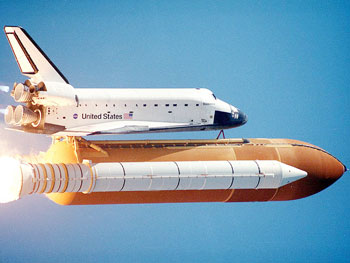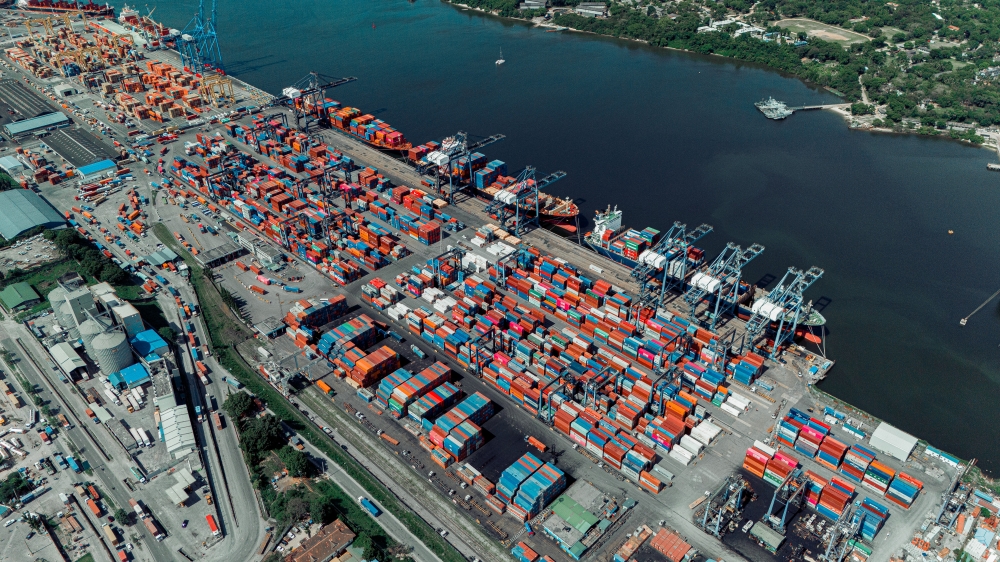In it is over 30-years since the space shuttle program has seen exciting highs and shattering lows. The fleet has taken astronauts on dozens of successful missions, resulting in immeasurable scientific gains. But this success has had a serious cost.In 1986, the Challenger exploded during launch. In 2003, the Columbia broke up during re-entry over Texas.


In it is over 30-years since the space shuttle program has seen exciting highs and shattering lows. The fleet has taken astronauts on dozens of successful missions, resulting in immeasurable scientific gains.
But this success has had a serious cost. In 1986, the Challenger exploded during launch. In 2003, the Columbia broke up during re-entry over Texas.
Since the Columbia accident, the shuttles have been grounded pending redesigns to improve their safety. The 2005 shuttle Discovery was supposed to initiate the return to flight, but a large piece of insulating foam broke free from its external fuel tank, leaving scientists to solve the mystery and the program grounded once more until July 2006, when the Discovery and Atlantis both carried out successful missions.
First, let’s look at the parts of the space shuttle and a typical mission. The space shuttle consists of the following major components; two soli¬d rocket boosters (SRB) - critical for the launch, external fuel tank (ET) - carries fuel for the launch and orbiter- carries astronauts and payload. A typical shuttle mission is as follows; getting into orbit, launch - the shuttle lifts off the launching pad, ascent, orbital manoeuvring burn, orbit- life in space, re-entry and landing.
A typical shuttle mission lasts seven to eight days, but can extend to as much as 14 days depending upon the objectives of the mission.
Launching the Space Shuttle. To lift the 2.05 million kg shuttle from the pad to orbit 185 to 643 km above the Earth, the shuttle uses the following components; two solid rocket boosters (SRB), three main engines of the orbiter, the external fuel tank (ET), orbital manoeuvring system (OMS) on the orbiter.
The Solid Rocket Boosters or SRBs are solid rockets that provide most of the main force or thrust (71 percent) needed to lift the space shuttle off the launch pad.
In addition, the SRBs support the entire weight of the space shuttle orbiter and fuel tank on the launch pad.
Each SRB has the following components. The solid rocket motor - case, propellant, igniter, nozzle, solid propellant that comprises of fuel - atomized aluminium (16 percent), oxidizers - ammonium perchlorate (70 percent), catalyst - iron oxide powder (0.2 percent), binder – poly-butadiene acrylic acid acrylonite (12 percent), curing agent - epoxy resin (2 percent).
Then comes the jointed structure, synthetic rubber o-rings between joints, flight instruments, recovery system that has the following parts; parachutes (drogue, main), floatation devices, signalling devices, explosive charges for separating from the external tank.
Finally, there are the following additions, thrust control systems, self-destruct mechanism
(To be Cont’d)




